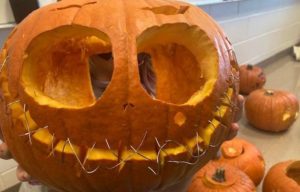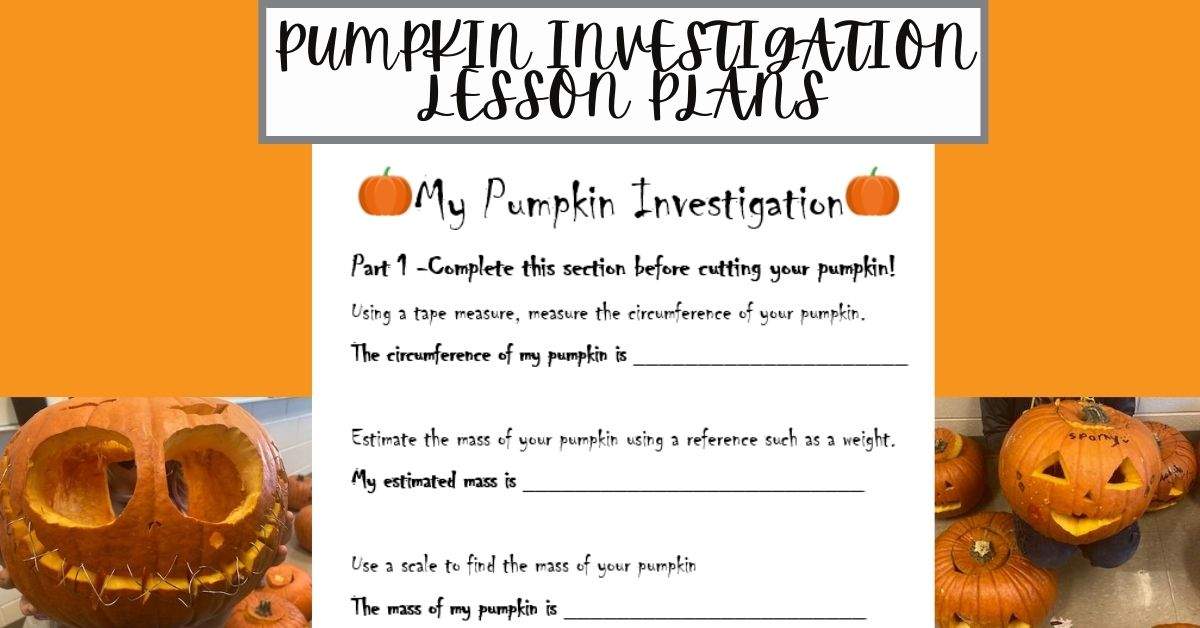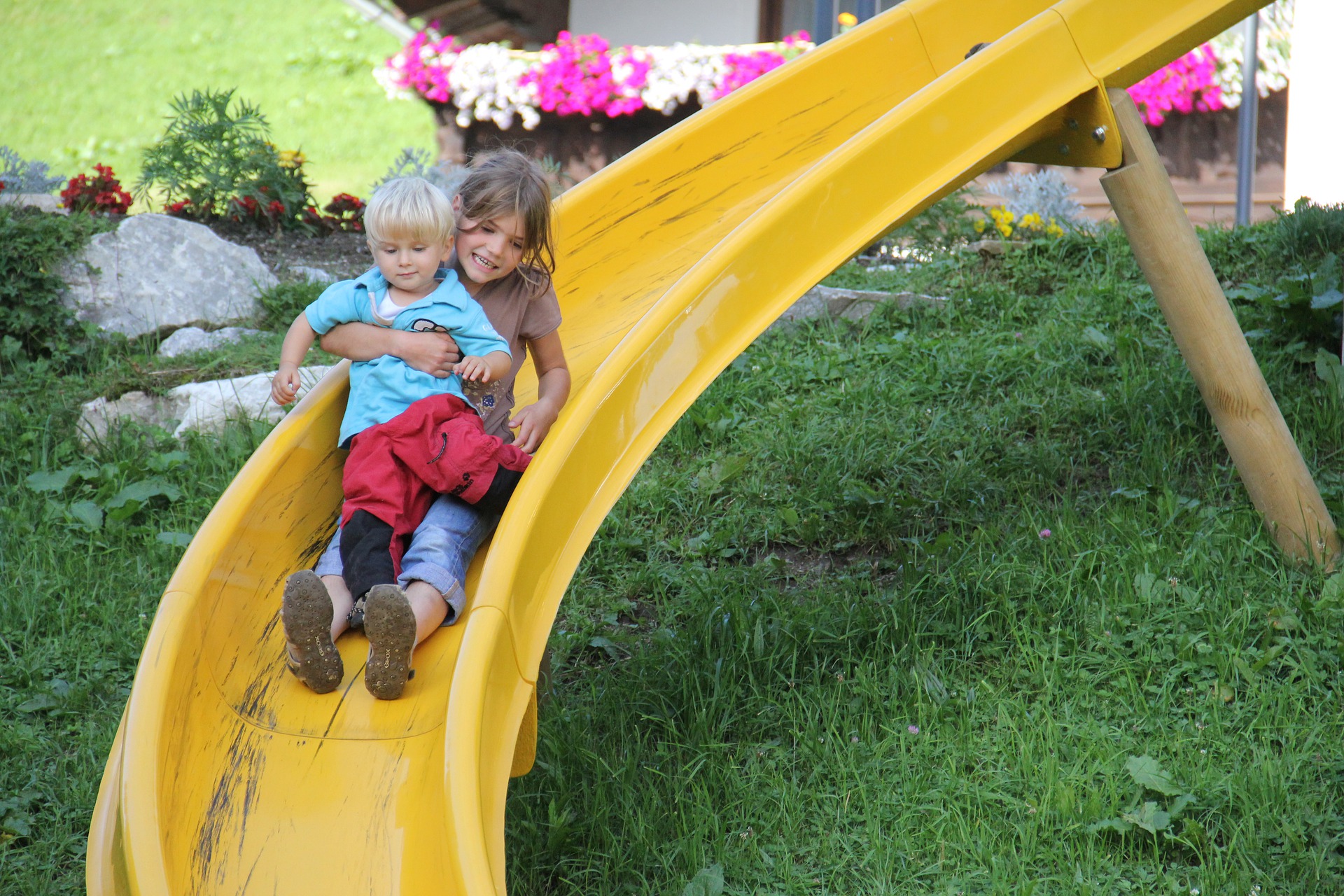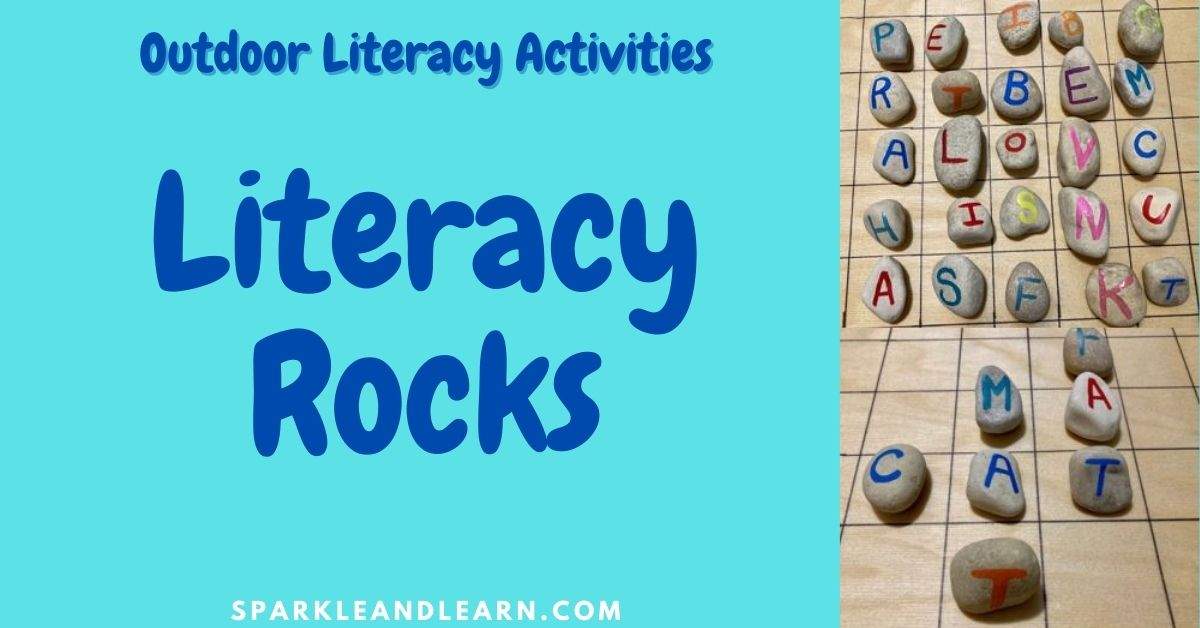Halloween is such a fun time of year for kids. Getting dressed up, trick or treating, visiting haunted houses and carving pumpkins are some of the many highlights for kids around Halloween. In the weeks leading up to Halloween, I like to do lots of activities with the kids in my middle years classroom. Halloween stories, crafts, theme writing, decorating, and of course pumpkin carving lesson plans make Halloween a fun time for learning.
This post may contain affiliate links. Please read our disclaimer for more info.
Pumpkin Carving Lesson Plans: A Cross Curricular Focus
These pumpkin carving lessons include cross curricular activities that include ELA, Math, Art and Science. I like to start these activities a week or more before Halloween. Allowing enough time to complete the activities and the pumpkin carving in time for the students to bring their pumpkins home for Halloween night.
Pumpkin Carving Lessons: ELA Focus
Researching the History of Pumpkin Carving
For this part of the lesson, I like to have my students research the history of pumpkin carving. There are many sites students can visit to find information. History.com has a great article on the history of pumpkin carving. The Legend of Stingy Jack is also an interesting read explaining the origins of jack-o-lanterns from an Irish myth. I use this lesson as a refresher on how to read text, then summarize it into your own words.
Pumpkin Carving Lesson Plans: Math Focus
For a free printable version of the worksheets for this lesson click here.
Lesson 1: Pre-Carving
Estimation
Have your students estimate the mass of their pumpkin. I like to use referents for my students, so they have something to compare their pumpkin to. Weighted balls, or dumbbells from the gym work really well because they have the mass written on them. You can also use stacks of textbooks from the classroom to create a stack that is of similar mass to their pumpkin.
Measuring Mass
I use a simple bathroom scale that I bring from home. Be sure to adjust the units to kilograms or pounds depending on what unit you want your students working with. At home, I use pounds on my bathroom scale, but I want my students working with kilograms in the classroom.
Measuring Circumference
Using a flexible measuring tape, or a string and a meter stick, measure the circumference of the pumpkin at its widest part.
For upper middle years, students could graph the relationship between the circumference and mass of their pumpkin.
Estimate the Cost of Purchasing the Pumpkins for the Entire Class
I always find this step interesting. Some students have a pretty good idea of how much things cost, and others really don’t know at all. I believe it is important for students to realize that the materials that are used in the classroom for their learning have a cost to them.
Calculating the Total Cost of the Pumpkins for the Entire Class
When I did this lesson, I was charged a flat rate per pumpkin. Other places charge a price based on the mass/weight. If you were charged a flat rate, you can ask the students to calculate the total cost based on the number of pumpkins. If you were charged based on weight/mass, you may wish to give them the total mass of all the pumpkins and then have them calculate the cost.
Calculating the Cost per Pound or Kilogram for their Pumpkin
Since I was charged a flat rate for my pumpkins, I had my students calculate the cost per kilogram for their pumpkin based on the mass they had measured.
Lesson 2: After cleaning out the insides of the pumpkin, and separating the seeds
Estimating the Number of Seeds
Much like they did when they estimated the mass, using referents helps to estimate the number of seeds. Students could make their own referents by making a small pile of 10-20 seeds, and then compare that to their entire pile of seeds in order to estimate.
Counting the Seeds
Depending on the pumpkin, there may be only a few seeds or upwards of 100. For younger kids, having a strategy to count larger numbers helps. Students can brainstorm how to count large numbers of objects without getting mixed up. They may choose to arrange the seeds into smaller groups such as 5 or 10 seeds, and then skip count to find the total. They may use tallies as they count to 20 or 25. Whatever strategy they choose, they should also understand the importance of recounting to ensure accuracy.
Graphing the Number of Seeds
Once the students have counted their total number of seeds, have them collect the totals of all their classmate’s seeds as well and plot the totals on a bar graph.
After graphing the total numbers of seeds, students could calculate measures of central tendency (mean, median, mode)
Pumpkin Carving Lesson: Art Focus

What’s the point of pumpkin carving if you aren’t going to make a jack-o-lantern? As part of an art focus, students can research various different jack-o-lantern designs, then choose a favorite. They can sketch their rough designs on paper. I would encourage students to shade, or color all the parts that will be cut off. This will help to avoid the disappointment of having important features of their design accidently cut off.
Pumpkin Carving Lesson: Science Focus
- Research and discuss the benefits of a plant having a lot of seeds
- Research and discuss the the best growing conditions for pumpkins
- Conduct experiments to see if pumpkins float or sink.
- You can even complete this Pumpkin Clock STEM Project by Little Bins Little Hands.
There are so many fun pumpkin carving lesson plan activities that can be done with pumpkins in the weeks leading up to Halloween!
For other autumn math activities visit my other post on Wild Math Making Math Learning Fun with Leaves.
Pin this Post to Save for Later!




